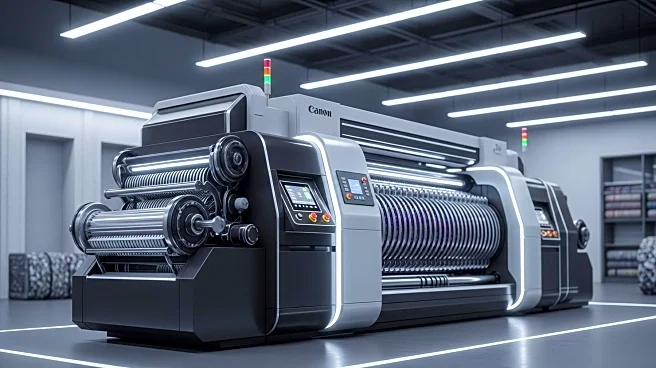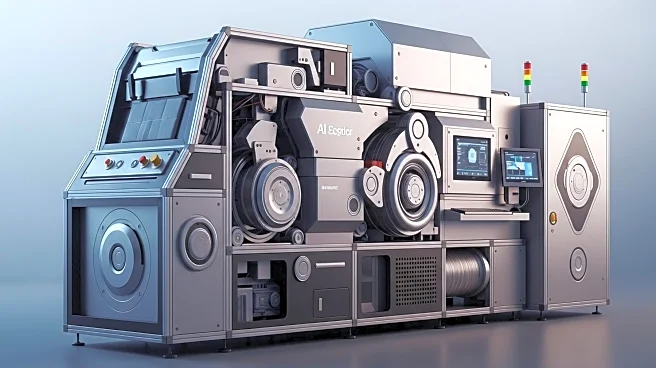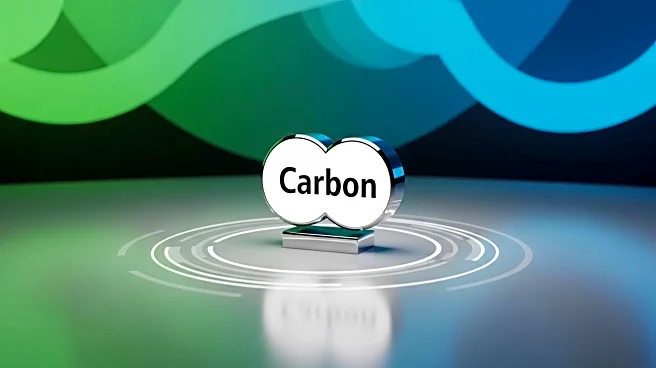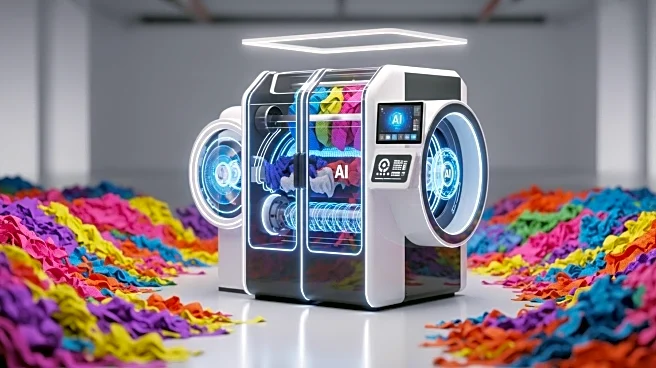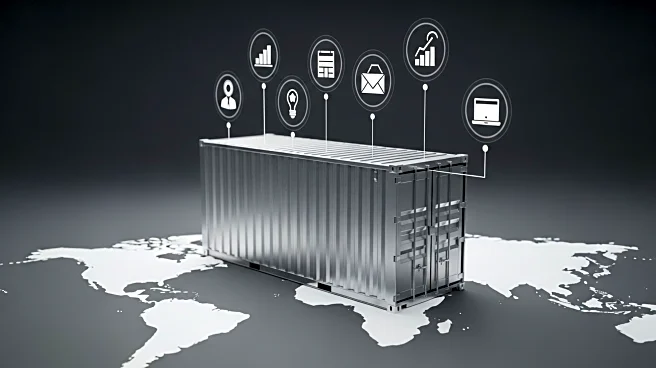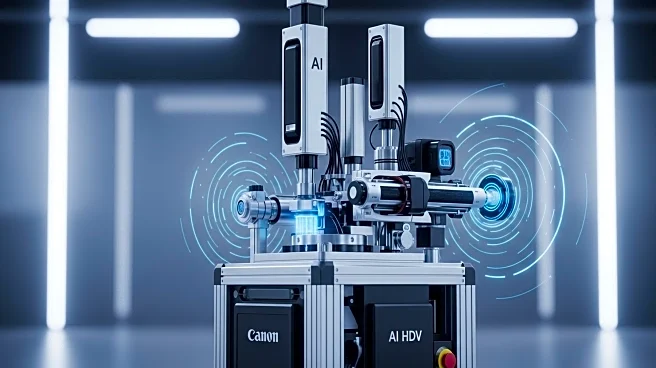What's Happening?
Researchers at the Rochester Institute of Technology (RIT) have developed a machine aimed at improving textile recycling by effectively removing contaminants from clothing. The machine, which has been in development for over two years, uses artificial intelligence to identify impurities such as zippers, buttons, and screen printing, which are common obstacles in recycling processes. The machine employs a laser to cut out these contaminants, ensuring that the remaining fabric is pure enough for recycling. This innovation is particularly significant given that only about 1% of the 11 million tons of textiles discarded annually in the U.S. are recycled. The machine has been tested with over 1,000 unsold items from a local Goodwill, demonstrating its potential to process large volumes of textile waste.
Why It's Important?
The development of this machine is a significant step forward in addressing the massive textile waste problem in the United States. By increasing the efficiency and purity of recycled textiles, this technology could lead to a substantial reduction in landfill waste. This advancement not only supports environmental sustainability but also has economic implications, as it could lower the costs associated with textile recycling and increase the availability of recycled materials for manufacturers. The machine's ability to process large quantities of textiles could also encourage more organizations to participate in recycling programs, potentially transforming the textile industry and contributing to a circular economy.
What's Next?
The next steps for the RIT team involve refining the machine's capabilities and potentially partnering with companies to scale up the technology for commercial use. As the machine moves from the testing phase to broader application, it could attract interest from textile manufacturers and recycling companies looking to enhance their sustainability practices. Additionally, the success of this project may inspire further research and development in the field of textile recycling, leading to more innovations that address other types of waste and contaminants.
